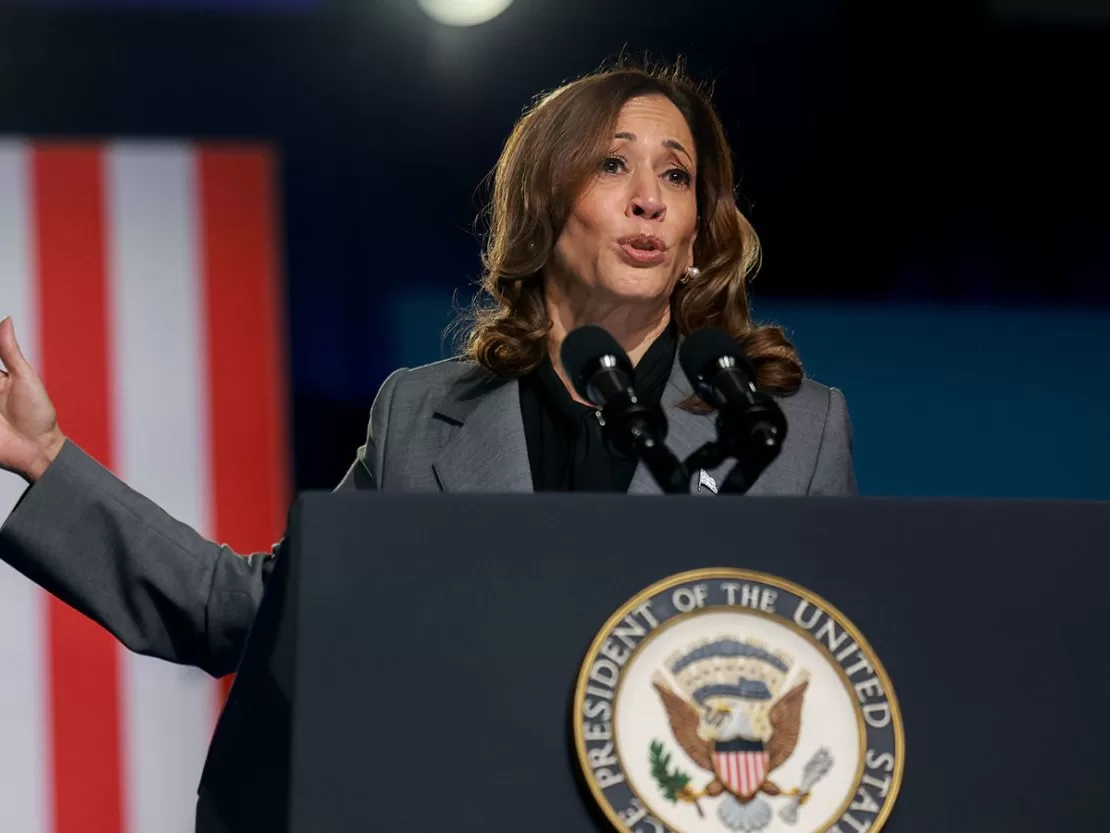The example of Philippines clearly shows that good general education, certified skills and good command of English together with a well-organized governmental support guaranty multiple placement chances in the global market for a country that cannot provide enough jobs for its growing population. Remittances are a major source of earning foreign exchange for the country.
Both India and Pakistan (and other countries of South Asia, Bangladesh, Sri Lanka, Nepal, etc) all are in a comparable situation, namely they cannot provide enough jobs at home for their growing population. They have been under British colonial rule with early access to GB English language knowledge which made them predestined to enter the English-speaking world, first UK as the former colonial metropole and then the US. Thus, Indians and Pakistanis are in the forefront of labour export.
India has been especially successful in this regard. Indians are now the most populous Asian-alone group in the US, having surpassed Chinese Americans. In the 2020 census Indian-alone (i.e. 100%) counted 4.4 million, nothing to talk about mixed race Indians. As of 2024, there were a total of over 5.4 million Indians living in the USA. The massive increase in Indian population started in the 1990s, when a visa program for high-skilled workers was started. Engineers and computer scientists trained at top schools in India began to immigrate by the thousands together with their families. America has also become a good place for Indian students to enter high-paying jobs in the US. Sending their well-educated scholars, engineers, IT people westwards, the Indian govt has created a sizable expat community that forms something like an elongated arm of India in the West. Many occupy positions of prominence, including sitting Vice President Kamala Harris, whose mother was from India, as well as the current CEOs of Google and Microsoft. There are also many prominent diasporic Indians in major American newspapers and think tanks, who may be able to give voice to issues for a global audience in a way that the domestic Indian media cannot. There is no question that there is a nexus between the Indian American diaspora — especially first-generation immigrants — and Indian politics. India’s Prime Minister Narendra Modi of the right-wing Bharatiya Janata Party (BJP) enjoys considerable support among the Indian diaspora in the United States. And there is a considerable influence on American politics by the Indian diaspora regarding India’s interests in the world. The same is true for the UK. Currently as of 2024, the British Indian population exceeds 1.9 million people making them the single largest visible ethnic minority population in the country. They have gained considerable political influence and are well represented in parliament and down to local representative bodies. The increasing presence of Indian-origin politicians in the UK Parliament reflects both rising political engagement and the broader success of British Indians. Data supports this: Indian households lead in high-income brackets, with 42 percent earning £1,000 + weekly in 2015-2018.
While comprising 3.1 percent of the UK population, they contribute over 6 percent to GDP, indicating significant economic and potential political influence. This trend has been marked by several milestones, most notably Rishi Sunak’s appointment as the UK’s first Prime Minister of colour in 2022. Economic factors have played a crucial role in this political realignment. As the British Indian community has prospered economically, their political priorities have evolved, leading some to align more closely with Conservative policies. Simultaneously, the rise of Hindu nationalism in India has reverberated within the UK’s Indian diaspora, influencing political preferences and community dynamics. There is also a large number of non-resident Indians in the Gulf countries. While 34.1 lakh Non-Resident Indians (NRIs) live in the UAE, 25.9 lakh live in Saudi Arabia, followed by 10.2 lakh in Kuwait, 7.4 lakh in Qatar, 7.7 lakh in Oman, 3.2 lakh in Bahrain and 18,000 in Israel. India received close to $123 billion in remittances in 2023, in which UAE was the second largest source after the US. In Dubai, at present, the Indian population stands at 4.75 million, making up 37.96% of the total expatriate population. According to an information of the Indian Foreign Office, there are an estimated number of Indians (including workers) of 9 million living in the Gulf countries. This shows a significant growth in the Indian expat community.

The situation is quite different for Pakistan. The Pakistani community in the US is said to be 625,570 (2022 American Community Survey) only. Since the second wave of immigration in 1965, the Pakistani American community has not been politically inclined, but this is now changing, with the community starting to contribute funds to their candidates of choice in both parties, and running for elected office in districts with large Pakistani American populations. But still there is no comparison with their Indian counterparts. The UK is home to the largest Pakistani community in Europe, with the population of British Pakistanis exceeding 1.6 million based on the 2021 Census. British Pakistanis are the second-largest ethnic minority population in the United Kingdom and also make up the second-largest sub-group of British Asians. There seems to be no such close political reference between Pakistani-origin British and Pakistan as in the case of India. After India, Pakistan is the second largest exporter of labour to the Gulf States. With regard to the destination of labour migrants from Pakistan to the Gulf, Saudi Arabia has been the largest recipient since 1990, followed by the United Arab Emirates. Saudi Arabia and the United Arab Emirates alone absorbed more than 77.5 percent of total 829,549 Pakistani expat workers in 2022, according to the Pakistan Economic Survey 2022-23 released in 2023.
The survey revealed that as of December 2022, more than 12.4 million Pakistanis had used official procedures to travel abroad for employment in over 50 countries including 829,549 Pakistani who travel in 2022. They are contributing to the development of Pakistan’s economy by sending remittances, which is the major source of foreign exchange after exports.” According to a 2023 estimate, 2.64 million Pakistanis live and work in Saudi Arabia.
While about 20% of workers tend to be skilled and semiskilled professionals, 80% are unskilled migrant workers. The bulk of Pakistani migrants in the Gulf States are single males who live in overcrowded labour camps. They share rooms and bathrooms in order to save money to send back home.
Many of these South Asian migrants were brought into the Gulf under the kafala system, a sponsor-based system used in the Gulf States, which is seen by many human rights groups as highly exploitative, since their passports are confiscated and they are forced to work in low-level conditions, within cramped living quarters, for a low salary, and sometimes even without their due pay; when exploitation is brought up or exposed by media or the labourers, their employers are rarely punished. The Pakistani government has responded only sluggishly to the plight of its expat workers in the Gulf States, who are contributing with their earnings to the economy of their country.
The global labour market has reached a level of excellence where there is no place any more for generalized, semi-skilled, and unskilled labour. In this regard, Gulf countries are moving even faster than the average global speed. Living in proximity to Gulf countries, Pakistan is fighting to survive economically. Can Pakistan, while having the baggage of unskilled youth on its shoulders, find space within the challenging market of the Middle East like Saudi Arabia’s Vision 2030, Kuwait’s Vision 2035, Qatar’s Vision 2030, Oman’s Vision 2040, Abu Dhabi Economic Vision 2030, and Bahrain’s Vision 2030?
In changing global realities, even a sanitary worker must have the skills and knowledge to clean and dispose of garbage according to the given manual by social health services. With regards to the construction industry, there are vocational training institutes in Central Asia and Eastern Europe that produce plumbers, electricians, fixers, mixers, welders and more with one and two-year diplomas. Their skill levels are no less than those of assistant engineers who can read and understand construction layouts, structural design and services laying off drawings. In this environment, can unskilled Pakistani labour compete with the qualified workforce offered by Central Asian and Eastern European countries? The honest answer is no.
Pakistan has a huge bureaucratic structure dealing with vocational training and despite training boards and vocational and technical education commissions, it has awfully poor results with annual youth unemployment of over 1.5 million. Gender representation is extremely low as only 286 vocational institutes are for women. This is a country with a population of well over 220 million, an official student dropout rate of 44 percent, and less than 4,000 vocational skill institutions to accommodate the sheer numbers of its disenfranchised youth.
The situation is not promising in the professional educational sector either. The Higher Education Commission (HEC) data for the year 2021 shows the country is producing less than 50,000 mechanical, electrical, and civil engineers through universities and colleges, with close to no place in the global educational rating. Pakistan had once provided some of the world’s top medical professionals to Gulf countries. Earlier, Pakistani male and female doctors, nurses, and paramedical staff had efficient positions in the medical service sector of Saudi Arabia, Qatar, and Oman. Now, the situation is otherwise.
According to the Pakistan Economic Survey 2020- 2021, Pakistan had a total of 116,659 registered nurses in 2020 and 33,000 plus doctors with basic education in medicine. The demand of the Gulf states in the fields of medical skill force is much higher than Pakistan’s medical institutes are currently producing. Gulf states require specialization in the nursing sector such as critical adult cases nursing, oncology nursing, cardiac nursing, emergency nursing, dialysis care nursing, and paediatric nursing, while Pakistan offers only general nursing diplomas. Given the fact that many countries have an aging population, nursing and physiotherapy are fields where Pakistani workforce -male and female could find a job. The precondition would be a nursing or physiotherapist training that is up to modern standards, that is certified and the certification of which is reliable and recognized in the world. In addition, good command of English would be needed though in Europe many countries where English is not spoken, offer language courses for needed foreign workers.

Unfortunately, in Pakistan, the government has paid little attention to the development of a strategy for nursing workforce planning and management. As a result, the nurse-to-patient ratio in Pakistan is quite low. In this context, the migration of Pakistani educated nurses to foreign countries harms an already weak healthcare system. Subsequently, the decision of Pakistani nurses to work abroad constitutes a ‘double-edged sword’, where personal development abroad conflicts with the collective development of healthcare in the home country. Numerous factors seem to contribute to the shortage of nurses, such as decreasing trend amongst people to enter nursing programs, the qualitative demand and supply gap of nurses as compared to market need, and internal and external migration of nurses from disadvantaged areas within countries or from low and middle-income countries to high-income countries.
The migration of Pakistani educated nurses to foreign countries has been taking place for decades; therefore, it is an established phenomenon. Advertisements regarding job vacancies in the US, Saudi Arabia, Bahrain, Oman, Abu-Dhabi, Kuwait, United Kingdom, and other countries appear in the newspaper on weekly basis. Nursing staff are required in various fields, including cardiac care, emergency, medical care, obstetrics, paediatrics, critical care, haemodialysis, neonatal care, oncology, surgical care and intensive care, Healthcare staff facilities, etc is a tremendous opportunity in the US and UK. It is estimated that approximately 15% of nurses from developing countries including Pakistan are moving to developed countries every year.
From this it becomes quite clear that more and better facilities for the education and training of nurses specializing in different fields are required for Pakistan itself as well as for providing employment opportunities abroad. Since Pakistan is standing too far away from excellence even in the field of the semi-skilled workforce, there is a dire need for value addition and capacity building of the workforce. One of the values that needs to be added is a sound knowledge of English which is the first requirement when asking for a job abroad. Our country has failed until now to invest in teaching the English language sufficiently. English tutelage starts at schools. While public schools have almost no qualified English language teachers, a vast majority of private schools have an inadequate and largely unqualified teaching staff for English. Admittedly in large cities, English language proficiency is better, but one must emphasise that it is only marginally better. According to the English Language Proficiency Index of 2024 India with 504 points ranges before Pakistan with 497 points.
We need to recognise and address these obstacles to create a future that holds more promising opportunities. By doing so, we can help these individuals achieve their dreams and aspirations, unencumbered by the constraints of adversity.




